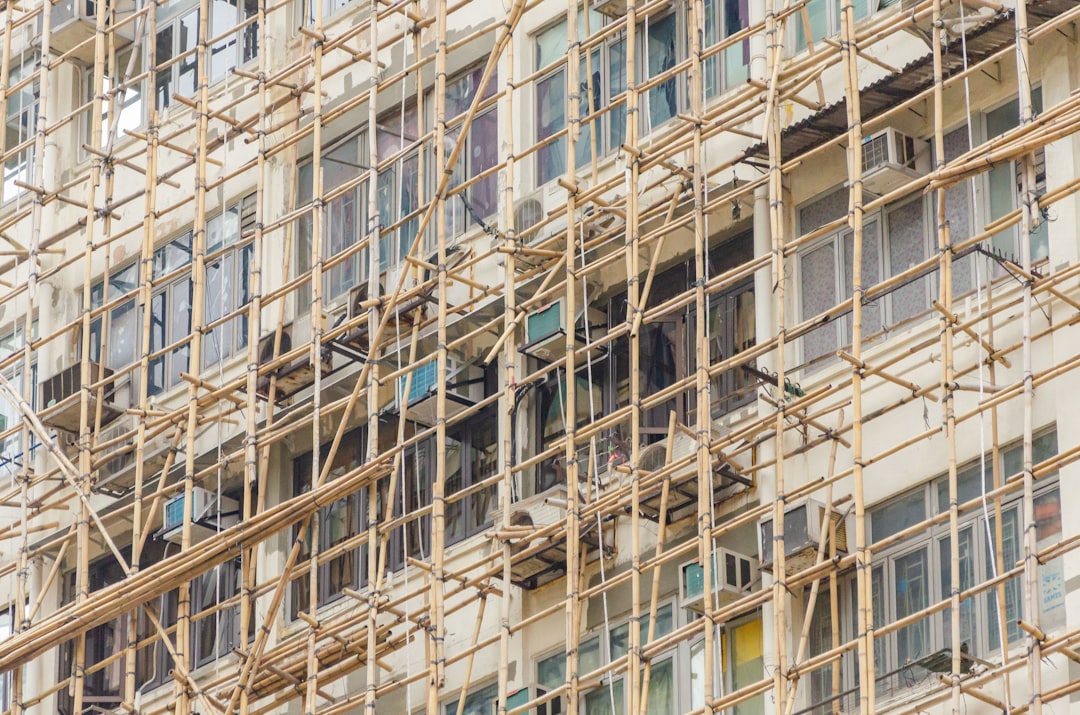
Understanding the cost of capping windows is crucial for construction professionals aiming to optimize project budgets. In 2025, the cost of window capping can range significantly based on materials and labor. For standard aluminum coil, expect to pay $12–$18 per linear foot, while premium PVC-coated aluminum ranges from $18–$24 per linear foot. Custom-color architectural metals can cost $25–$35 per linear foot. For a typical three-bedroom house with 300 linear feet of trim, costs can range from $3,600 to $10,500.
Window capping, also known as aluminum wrapping or cladding, involves covering exposed exterior wood trim with protective metal or PVC coil. This process seals out moisture, reduces maintenance, and enhances the building's facade.
To avoid overestimating, use precise measurements and consider all potential variables. Utilize tools like real-time pricing updates and automated takeoffs to ensure accuracy.
While DIY might seem cost-effective, professional installation often proves more efficient. Tool rental and potential material waste can increase DIY costs. Professional crews typically complete projects faster and with guaranteed workmanship.

A 42-home community project in Katy demonstrated significant cost savings using advanced estimation tools. Initial bids ranged from $7,800 to $12,400 per house. By leveraging technology, the average cost was reduced to $6,985 per house, saving the developer $24,000 overall.
For construction professionals, using advanced tools and strategies can lead to substantial savings and increased efficiency. Visit CountBricks for more information.